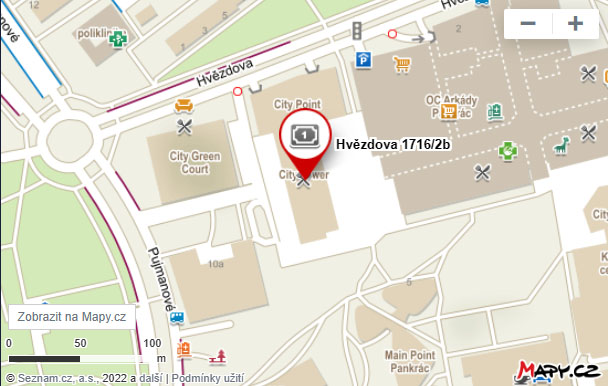Industrial robots, cobots, and driverless transport systems were all represented at the Automatica trade fair. Global sales of industrial robots are expected to grow to 517,000 units in 2021 and grow by another 10 percent in 2022. Globally, the automotive and electronics industries were the most significant drivers, while in Europe, demand was highest in the metal and machinery, as well as the plastics and chemicals industry.
Mordor Intelligence Research & Advisory expects annual growth of 14.11 percent until 2026 for several reasons:
- Increasing automation and modernization in all economies,
- Introduction of intelligent production systems and factories,
- Awareness of excellent workplace safety,
- Smaller and cheaper robot models,
- Labor shortage.
The current economic situation and the war between Ukraine and Russia have affected the collaborative robotics market. By 2027, shipments of collaborative robots in EMEA will decline from 19.5 to 15.9 percent, while the Americas and Asia are projected to see higher growth rates. However, cobots are not only used in industry but also in intralogistics or assembly. Thanks to the development of image processing and machine learning software, more and more applications are also appearing in education, medicine, gastronomy, and retail.
Central European Automation Holding uses intelligent automation to help clients optimize their workforces and operations to drive agility, efficiency, and sustainability.

